Transgender Day of Visibility 2025: A Nationwide Call for Equity
Every March 31, Transgender Day of Visibility (TDOV) puts a spotlight on the transgender and non-binary people in our communities. This year, as the U.S. finds itself even more politically split, LGBTQ+ organizations aren’t just keeping the tradition alive—they’re going all-in. From bustling cities to quieter rural towns, activists are working together like never before to make sure trans voices are amplified and respected.
TDOV started back in 2010, thanks to the efforts of Rachel Crandall, a trans advocate from Michigan. She wanted to counteract the usual media stories that focus only on violence or hardship by celebrating resilience, achievement, and the everyday lives of trans people. Now, fifteen years later, TDOV is an annual event for LGBTQ+ organizations across the country. Their message? Trans people aren’t invisible, and they won’t be sidelined.
GLAAD President Sarah Kate Ellis summed it up perfectly a few days ago: ‘Transgender Day of Visibility is a chance to show up and speak out for everyone’s right to be themselves and be safe’. You’d think the basic right to exist openly wouldn’t need a special day, but for so many, it’s still a radical act. This year’s events come at a time when debates about trans rights are louder—and more heated—than ever. Despite legislative attacks, community members are digging their heels in, sharing their stories in schools, city halls, and state assemblies. Even in states where anti-trans bills are making headlines, local groups are refusing to back down.
Shane Diamond, GLAAD’s Director of Communications, put a historical spin on the moment. ‘We have faced and overcome adversity before, and together, we will persist through this shameful time in U.S. history.’ That sense of historical resilience is fueling rallies, teach-ins, art shows, and visibility parades all across the country. These aren’t just feel-good gatherings—they’re designed to build real community power and keep people safe at a time when threats have gotten alarmingly frequent.
If you walk around Boston, you’ll see Fenway Health and Trans Resistance MA front and center, offering resources and creating safe spaces. They’re helping people navigate the healthcare system, fight discrimination at work or school, and find mental health support. Their advocacy isn’t just local, either. They’re linking up with other groups for larger campaigns that push lawmakers to listen to—and act for—trans rights.
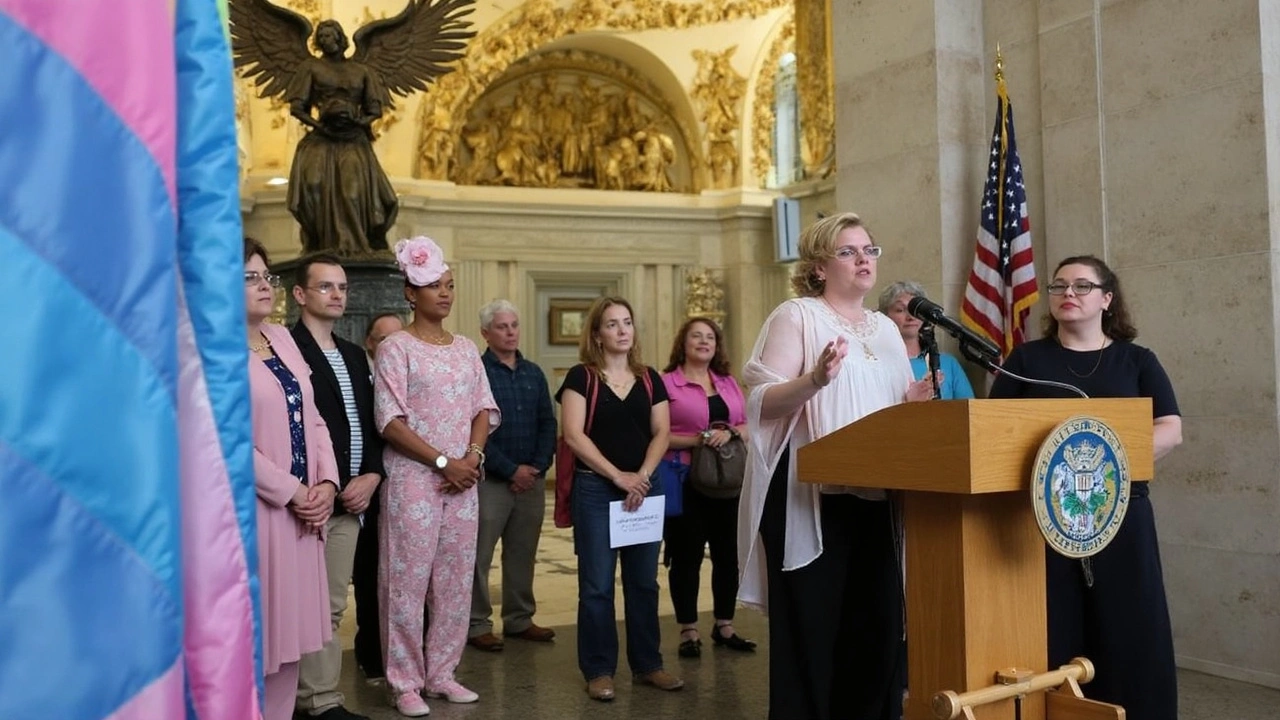
Changing the Media Conversation
Visibility isn’t just about big public events and rallies; it’s about how trans lives are portrayed every day in the news and social media. Too often, stories focus on tragedy or frame trans people as a ‘debate topic’ instead of actual people trying to get by. That’s why GLAAD is pushing journalists and editors to get it right by including LGBTQ+ experts and trans voices in their coverage. They’re circulating media guides and fact sheets so that interviews, pronoun usage, and statistics tell the real story—and don’t just recycle stereotypes.
This TDOV, the message is clear: trans and non-binary people are more than the attacks against them. Their contributions, creativity, and courage demand more attention—not just on March 31, but every single day. With organizations stepping up and communities rallying together, Transgender Day of Visibility 2025 is shaping up to be an urgent, hopeful response to a tough political climate—a reminder that the fight for dignity, justice, and true recognition is far from over.
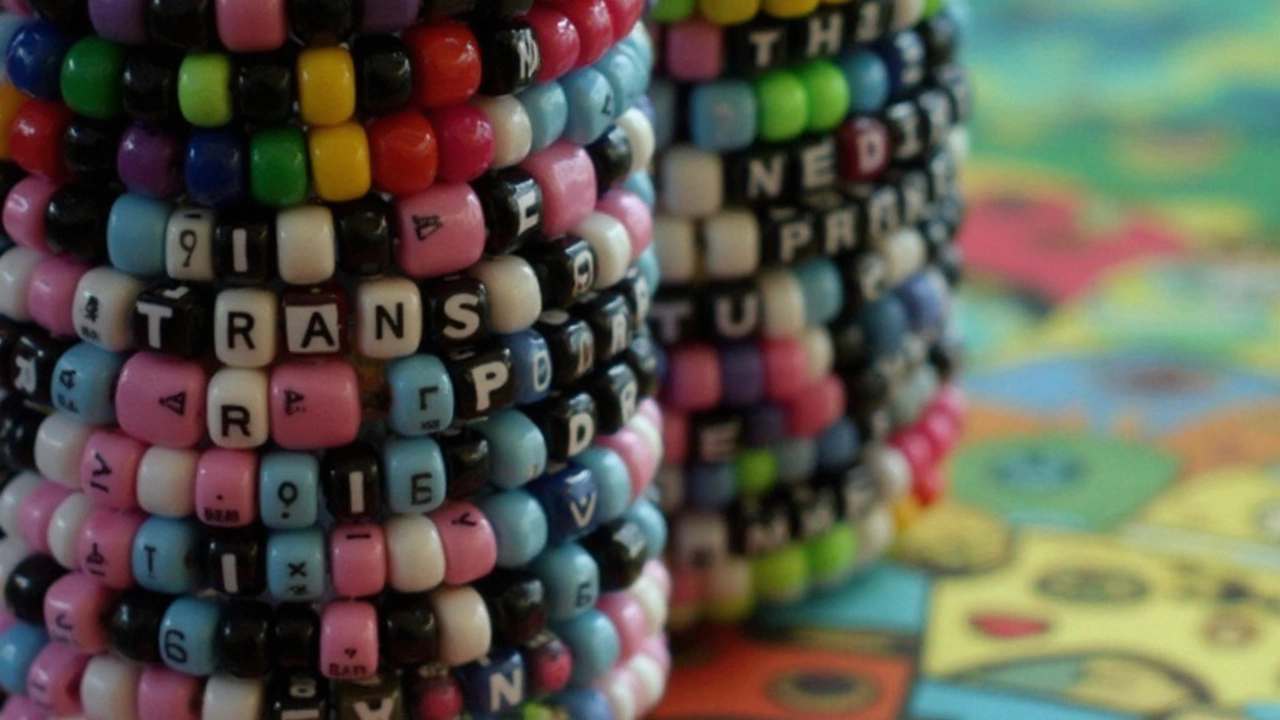
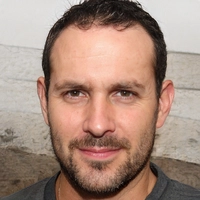


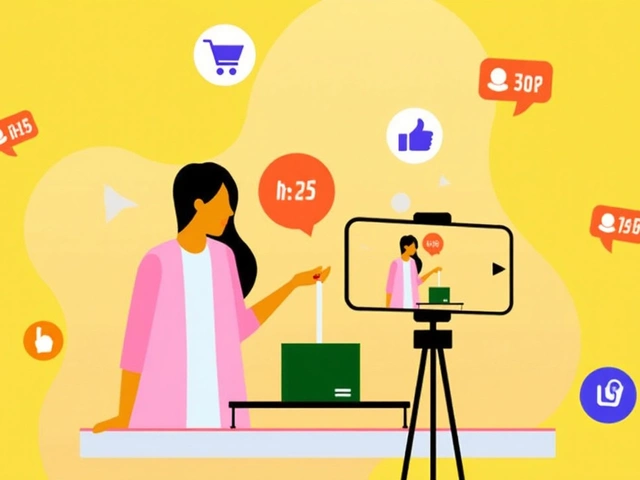
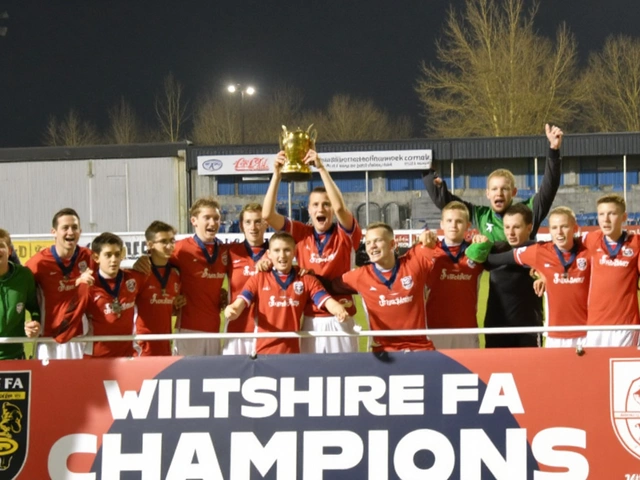
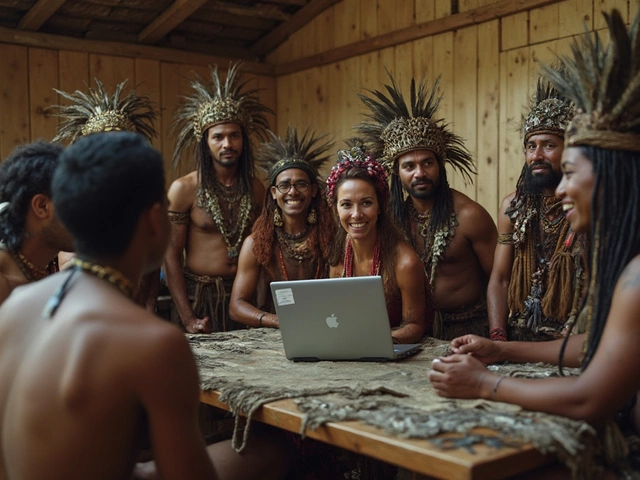
Write a comment